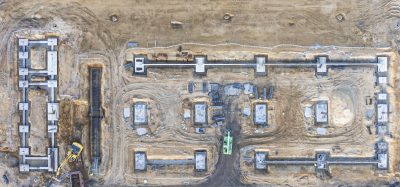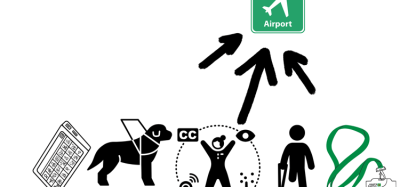HungaroControl: More than an ANSP
- Like
- Digg
- Del
- Tumblr
- VKontakte
- Buffer
- Love This
- Odnoklassniki
- Meneame
- Blogger
- Amazon
- Yahoo Mail
- Gmail
- AOL
- Newsvine
- HackerNews
- Evernote
- MySpace
- Mail.ru
- Viadeo
- Line
- Comments
- Yummly
- SMS
- Viber
- Telegram
- Subscribe
- Skype
- Facebook Messenger
- Kakao
- LiveJournal
- Yammer
- Edgar
- Fintel
- Mix
- Instapaper
- Copy Link
Posted: 23 February 2018 | HungaroControl | No comments yet
HungaroControl, the Hungarian air navigation service provider (ANSP), provides air navigation services in the Hungarian airspace – on a NATO assignment – in the upper airspace over Kosovo, trains air traffic control personnel, and conducts air navigation research and development.


In the past years HungaroControl has been making impressive efforts in taking part and supporting innovations to improve flight safety, increase capacity, reduce airline costs, and enhance environmental protection. Introducing Hungarian Free Route Airspace, implementing CPDLC, demonstrating a unique Remote Tower solution and providing ATC services in the upper airspace over Kosovo, are the major enhancement of that period. Beside forming partnership with ANSPs, universities and technology providers, as a member of Frequentis SESAR Partners consortium, HungaroControl participates in the industrial research, validation and demonstration activities of SESAR 2020 as well.
The consortium of Atos, HungaroControl and Frequentis aims to enhance cross-industry innovation through integrating different stakeholders in the ATM value chain. As an ANSP and main user of the developments, HungaroControl can provide essential support to industry partners working on solutions. Its support includes ATM expertise, real-life operating experience and the provision of simulation facilities.
Hungarian Free Route Airspace (HUFRA)
In February 2015, HungaroControl was the first in Europe to abolish the entire fixed flight route network, thus enabling airplanes to use the airspace freely, without any restrictions. The significance of the new traffic management concept is that aircraft can take the shortest possible flight path between the entry and exit points in Hungary’s airspace. According to estimates, this solution may result in potential yearly savings of 1.5 million kilometres by aircraft flying over Hungary. As a result, airlines may save nearly USD 3 million worth of fuel per year, which may also lead to a reduction of CO2 emissions by more than 16 million kilograms.
Controller Pilot Data Link Communications (CPDLC)
In November 2015, HungaroControl introduced CPDLC, three years ahead of the EU deadline. The new feature enables data interchange between pilots and air traffic controllers in the form of text messages. It is expected to further improve flight safety and increase the capacity of Hungarian airspace by optimising the use of radio frequencies.
Remote Tower
Remote Tower aims to enable ANSPs to control airport traffic from their own buildings with the help of a virtual surface. HungaroControl’s remote tower concept has achieved considerable success on the international market. For example, the emergency control centre at Dubai International Airport (DXB) is being implemented according to the proposals of a consortium of five companies, including HungaroControl. HungaroControl’s concept is built on integrating its existing ground surveillance system with a network of distributed cameras, aiming to enhance not only situational awareness, but also safety levels. The company aims to operate a remote contingency tower in Budapest in 2017 and a fulltime remote tower as of 2018.
CRDS
HungaroControl’s Centre of Research, Development and Simulation (CRDS) plays an important role in the ANSP’s innovation efforts. Operating Central Europe’s largest ATC simulation facility, CRDS not only supports HungaroControl, but also offers validation-based solutions, simulations, trainings and consultancy to other ANSPs. Incorporating fast-time and real-time simulation, CRDS’ validation methodology helps maximise benefits in terms of capacity, efficiency and the environment, as well as minimise safety related risks.
MergeStrip
To facilitate continuous descent approaches, HungaroControl has developed the MergeStrip, a new air traffic planning concept which helps air traffic controllers to schedule arriving traffic in a more effective way, thereby reducing fuel burn, CO2 emissions, and the noise load on people living near airports. MergeStrip allocates aircraft preparing to land at a specific airport to a “number line” taking into account their actual position and speed. This helps controllers to plan more effectively, and makes their work flow more predictable. Since its introduction, MergeStrip has won accolades from the airline community and has attracted significant interest from other ANSPs.
Visit our website to learn more about our latest solutions: http://en.hungarocontrol.hu/solutions
Related topics
Air traffic control/management (ATC/ATM), Communication Technology, Safety, Sustainability


















